You’ve seen the images on the news during natural disasters: grocery store shelves picked clean of bottled water and granola bars, with desperate people fighting over the last pack of batteries. It’s not a pretty picture, but since you’re reading an article on how to make an emergency kit, you’ve already taken the first step to avoid that scenario.
Because you’re the kind of person who likes to stay on top of things, in this article, we’ll get you started with the basics, but we’ll also add in a few pro tips to help you be as prepared as possible. That way, when disaster strikes, you can let other people dash to the store while you’re snug at home (or packed and ready to go) with your well-stocked emergency kit.
COVID-19 Emergency Kit Prep
- Bacteria-killing cleaning supplies
- Frozen, dry, and canned food
- Refill of your regular prescription medications
- First aid kit (including a thermometer)
- Personal hygiene products like soap, hand sanitizer, feminine care products, laundry detergent
- Paper products like toilet paper and tissues
- Baby food and diapers
- Pet food and other pet supplies
Where to Start
There are two questions to ask yourself before you start building your own emergency kit:
- Who is this kit for?
- What kinds of emergencies could affect me?
First, consider how many people (and animals) your survival kit will need to support and what their specific needs are. An emergency kit for a young, single adult will look different from an emergency kit for a family with little kids, or for an older couple.
Second, what kind of emergency are you expecting? If you live in California, an earthquake or wildfire is a possibility. If you live along a coastline, you may want to prepare for hurricanes or flooding. Does the emergency typically require you to shelter in place (stay at home) or would you possibly need to evacuate? If you think there’s an evacuation possibility, you may want to consider creating a portable survival kit that you can easily throw in your car. If you already spend a lot of time on the road, or if you’re worried about an emergency while you’re at work, you may want smaller emergency kits just for your car or office.
If you have answers to these questions now, great. Keep them in mind as you continue reading. But it’s also okay if you don’t. Most big disasters have a few things in common, and you can’t go wrong by preparing for those. Read on to find out what they are and how to be ready for them.
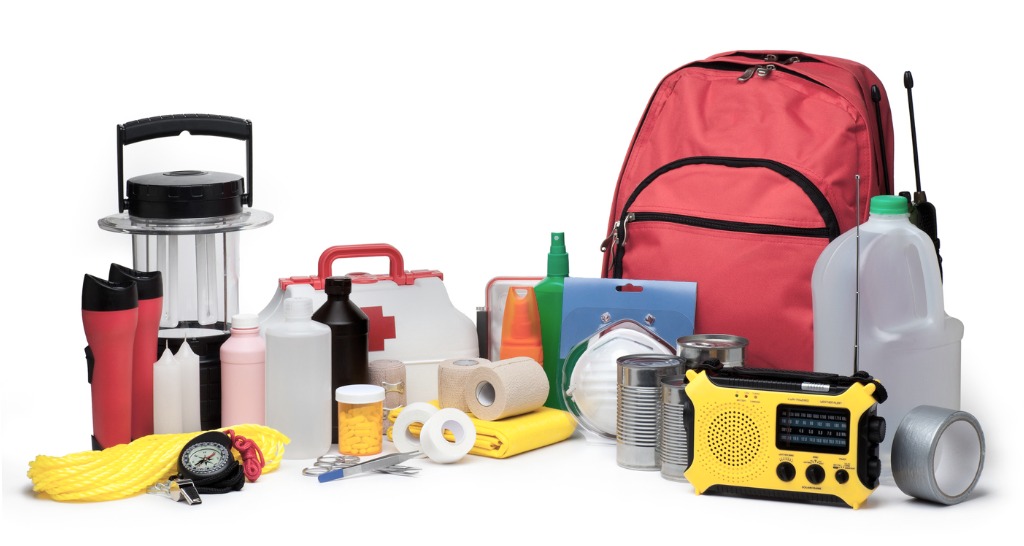
The Essentials for an Emergency Kit
1. Water
Fires, floods, earthquakes, and a variety of other situations can impact your clean water supply. As one of the most basic needs for sustaining life, water is something you don’t want to be without.
Plan on having at least one gallon of clean water on hand per person per day, for both drinking needs and sanitation (bathing and washing dishes). You can purchase gallons of purified water at your local grocery store, or, in a pinch, you can wash and reuse empty soda and juice bottles and fill them with tap water.
If you’re making a survival kit for travel or evacuation, it’s probably not reasonable to carry more than a gallon of water with you (and even that might be a stretch), so you might want to consider using a portable water filtering straw, like the LifeStraw. Filtering straws are small, packable, and lightweight, so you can take them pretty much anywhere—and you can use them just like straws to drink from any water source.
Pro Tip: If you’re preparing a kit to serve more than one person and you want something that can purify larger amounts of water, look for a filter with a high capacity, like the Platypus GravityWorks filter. We like the gravity-fed design because it’s hands-free, so it’s great for conserving your energy in an emergency situation. Filters like these are also great backups for your home water storage.
2. Food
When an emergency shuts down the power grid, it also shuts down most grocery stores and restaurants, and food is another one of life’s essentials. True, you can survive without it for a while, but remember that it also provides valuable energy and comfort during times of extreme stress.
In an emergency situation, when it comes to food, easier is better. In your preparedness kit, include easy-to-eat foods like energy bars, beef jerky, nuts, and dried fruit. But don’t just grab whatever is cheapest—be sure to keep foods on hand that you and your family like. Eating unappetizing food is a real morale-killer when you’re already under pressure. When you’re planning your food, be sure to include food for babies and pets as well, if needed.
If you want to expand your kit to include options for hot meals, canned foods are inexpensive (don’t forget to put a can opener in your kit), or you can get freeze-dried meal pouches for a lighter, more portable option. If you want to stock up on calories without breaking the bank, food ration bars are easy to toss in any emergency kit.
Pro Tip: To keep your food supply fresh, plan to eat from it and replace what you’ve eaten about once every six months. A good guideline is to check your emergency food supplies every time daylight saving time begins or ends.
3. Communication and Light
We usually rely on local news, internet, and cellphones to stay in touch with what’s happening, but these forms of communication often get less reliable in a disaster situation. That’s a bad thing, because in an emergency, knowing what’s going on around you could mean the difference between life and death.
Having a NOAA weather radio in your preparedness kit will keep you informed of changes in weather, evacuations, and other important emergency information. Many weather radios now come as handy combination devices that also include lights and cellphone chargers, reducing the number of electronics you’ll have to keep in your kit.
For safety reasons, it’s important to also have easily accessible individual lights on hand for every member of the household. We like Amerelle LED Power Failure Lights because they plug into the wall and serve as night-lights when not in use. If the power goes out, they’ll illuminate automatically so you’re not fumbling around in the dark, and they’re always charged and ready to use.
Pro Tip: Look for a weather radio that can run off non-battery power using a hand crank or solar panels, like the Kaito 5-Way Powered Voyager Radio. You’ll never have to worry about having extra batteries on hand.
4. First Aid
Disasters aren’t called disasters for no reason—the damage typically isn’t limited to landscapes and buildings. When all is said and done, you (or someone you love) may need some patching up, and you want to be prepared for the job.
Like the other items on our list, it’s a good idea to build your first aid kit with what you already have. Gather bandages, gauze, antibiotic ointment, and pain medications to create a basic just-in-case kit. Gradually add items like burn cream, elastic bandages, allergy medicine, tourniquets, and other first aid items. Supplement your first aid kit as needed with extra prescription medications, and if you have kids, be sure to add in kids’ medicines too (like liquid acetaminophen).
Pro Tip: Label everything clearly so you won’t have to hunt for essential items when every second counts. Put everything in waterproof containers, especially items with adhesive. We like the Surviveware first aid kit because it comes fully stocked and already has everything labeled and in waterproof packaging.
5. Shelter and Clothing
With water, food, communication, light, and medical needs covered, the next thing you need to worry about is keeping yourself warm and dry. Every emergency kit should include at least one extra set of clothes for each person using the kit, along with a reflective emergency blanket. The blanket can be used as an emergency shelter if needed, but you may also want to include a waterproof tarp for extra coverage.
Pro Tip: Paracord can help turn blankets and tarps into shelters (and it has a variety of other handy uses), so it’s good to have as part of your emergency kit.
6. Comfort and Cleanliness
You may think that sanitation can take a back seat in a disaster scenario, and while it often does, don’t underestimate the reassuring effects of cleanliness and comfort when you’re under stress. Keep baby wipes, personal hygiene items, and garbage bags on hand to keep everyone feeling their best and to avoid sickness that can come from unsanitary conditions.
Pro Tip: A few paper plates and plastic utensils will make cleaning up after meals easier, and having some simple card games and favorite books in your emergency kit can help keep everyone’s spirits up.
7. Everything Else
The rest of the items in your kit will depend on what you’re planning for. If you live in an earthquake or tornado zone, you’ll want to have tools to turn off your utilities and a whistle to call for help if you’re trapped. If you think you could have an emergency situation where you’d have to evacuate, put insurance papers, passports, birth certificates, and other important documents in a waterproof container that you can grab easily. Consider your personal situation and plan accordingly.
Pro Tip: Keeping some extra cash on hand with your kit is a good way to make sure you’ll be able to buy any last-minute essentials (including gasoline for a sudden evacuation) even if power goes out and ATMs and credit card machines are down.
FAQs
How many days should my kit last?
While there’s no way to know how long you’ll need to survive on your own after a natural disaster or other emergency, planning for a minimum of three days of survival is a good starting point. Once you have a three days’ supply, try to build up to a full week. If you’d like to have enough to be able to help others if the need arises, consider adding enough for two or more weeks.
How should I store my emergency kits?
A watertight container like a large storage tub is a good option for most kits. It keeps everything in one place and it’s fairly easy to move if you have to evacuate. For a kit in your car, you may still want to use a storage container, but it’s also a good idea to include a backpack in case you have to grab essentials from your kit and go. For a personal office kit, a backpack is ideal.
Where should I store my emergency kits?
Where you store your kits will depend on your lifestyle and the type of emergency you’re planning for.
Kits designed for sudden events like earthquakes and tornadoes should be placed in the area in your home or office where you’d go in case of such an emergency, like inside a cabinet near a kitchen table for an earthquake, or in an interior room with no windows for a tornado. If your home is at risk of flooding, store your kit on a high shelf or on a second floor. For other emergencies, just keep it in an easily accessible spot so you won’t have to dig for it if you need to get it in a hurry.
If possible, store your kit in a climate-controlled environment, as extreme temperatures can spoil food faster and damage water containers.
Emergency preparedness can feel like a daunting task, but taking a few simple steps now can save you a lot of headaches later on. Check Ready.gov for more ideas about things you may want to include in your emergency kit.
Related Pages
The post Emergency Kits 101: How to Be Prepared for Anything appeared first on SafeWise.
Aricle source here: Emergency Kits 101: How to Be Prepared for Anything
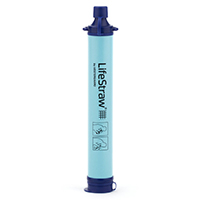
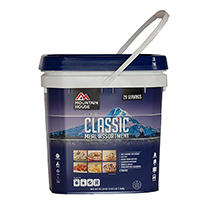
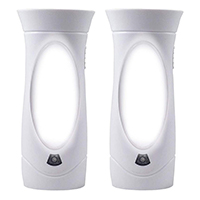
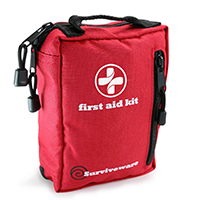
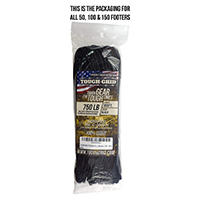
No comments:
Post a Comment